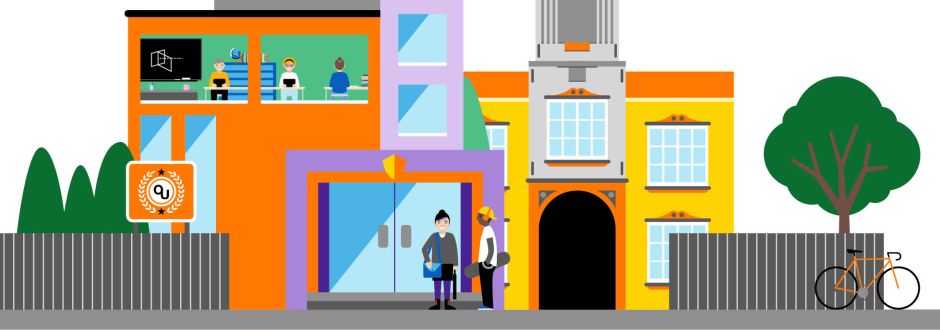News How battery-friendly is your IoT project?
The NB-IoT and LTE-M technologies are layers of the mobile LPWA network. These layers make it possible to connect millions of everyday objects with the Internet of Things (IoT).
Standards have played a major role in the development of the telecom industry. They provide clarity and their importance will only increase further within IoT in the coming years.
LPWA technologies offer many advantages. Together with Gert Pauwels, Sales & Marketing manager M2M/IoT at Orange Belgium, we have summed up the main advantages of NB-IoT and LTE-M:
1. Open standards
Both NB-IoT and LTE-M fall under the 3GPP standard. This offers continuity in the long term for these technologies, due in part to the fact that major players in the telecoms industry and their ecosystem have made a commitment to these standards. Gert Pauwels: “The current technologies are fully in line with the future evolution towards 5G.”
2. Fast rollout
With IoT projects, both NB-IoT and LTE-M give you nationwide coverage from day one. “These standards create two-way communication between object and network, so software updates to the firmware can also be carried out ‘over the air’,” Gert Pauwels explains. “This is a crucial aspect for businesses because such updates are inevitable.”
3. Efficient batteries
In the case of NarrowBand IoT and LTE-M the energy-efficient connectivity prolongs the battery life of the connected devices for as long as ten years. “Moreover, the radio module in smart devices is relatively inexpensive,“ Gert Pauwels says.
4. Optimum indoor coverage
Both technologies are exceptionally suited to so-called deep coverage, or coverage indoors. They offer the best mobile coverage available: up to +20 dB compared to 2G/4G coverage. “As a result the signal penetrates much deeper into buildings. 20 dB can be compared to the thickness of two walls," adds Gert Pauwels.
5. No risk of interference
NB-IoT and LTE-M are officially recognized licenses, preventing disturbence or interference from other signals. “This is important because every business obviously needs reliable and guaranteed connectivity,” according to Gert.
6. Roaming
Both LTE-M and NB-IoT permit roaming, which is indispensable to using the IoT for international projects. This guarantees connectivity abroad on the mobile IoT networks of other operators.
7. Security
Being a regulated spectrum, NB-IoT and LTE-M offer the safest solution for IoT connectivity. "In addition, thanks to its unique authentication, a SIM card ensures secure connectivity and the encryption of the data on the LTE network," stresses Gert.
We talked to Olivier Gramaccia, Business Development Materials & Smart products at Sirris, an Agoria technology innovation centre. Read his tips on how to calculate the profitability of IoT projects.



